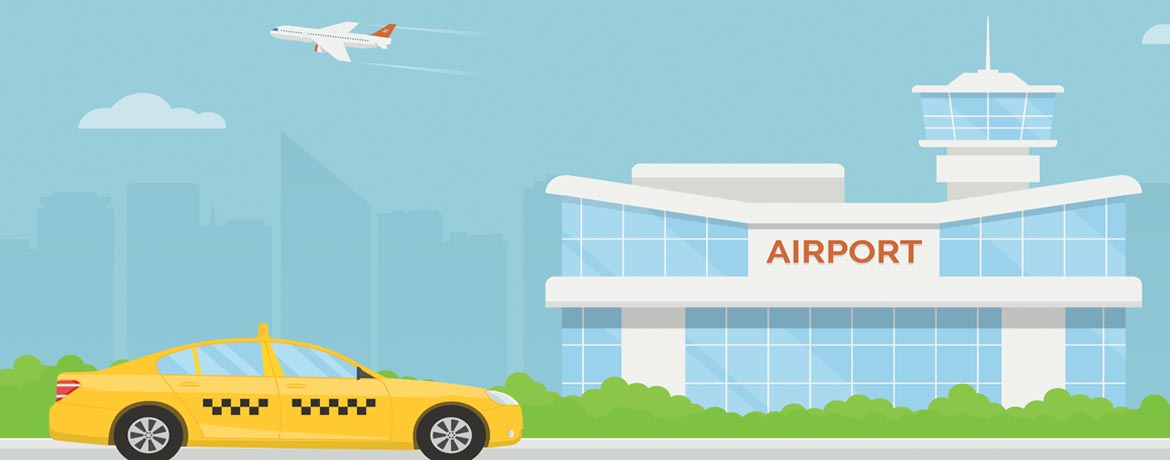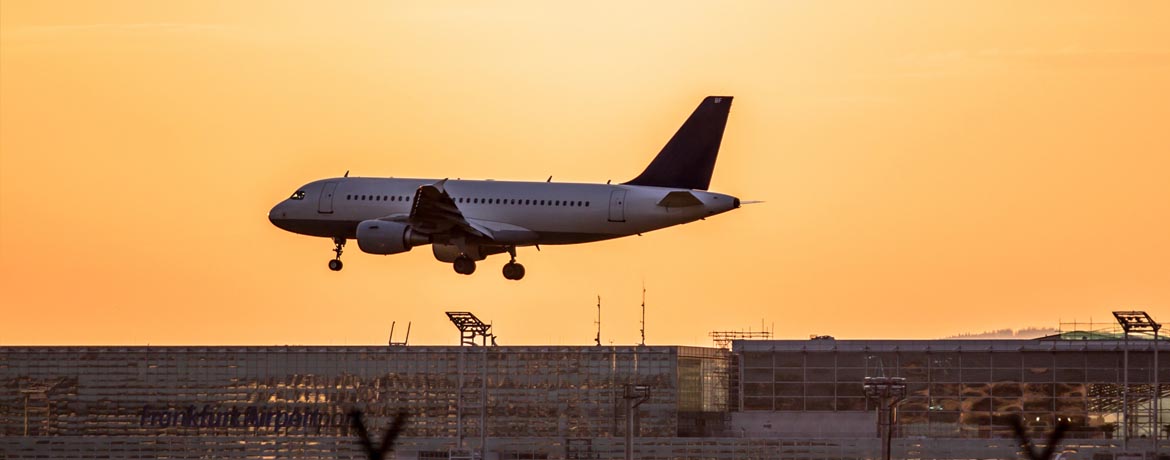We’ve all been there: you’re running late for a flight, but it’s a busy travel day. You drive up and down row after row of the parking lot, but you can’t seem to find a space. When you finally do find one, it’s seemingly miles from the airport, and nowhere near your needed terminal. It’s not a pretty picture, but it’s an experience all too common. Airport parking can be an absolute nightmare, especially when you’re on a time crunch. That’s not to mention the exorbitant fees airports extract from passengers; in fact, parking fees are a key source of revenue for many airports. So, why does it have to be this way?
Airports, cars and groundside capacity

Today, the U.S. is home to more than 18,000 airports, from massive transportation hubs to small fields that host just a handful of aircraft. Considering 260,000 people pass through the largest of these airports – Hartsfield-Jackson in Atlanta – each day, it’s not an exaggeration to say that millions of people are commuting to and from the airport 24/7. Millions of people means millions of cars, staying on airport grounds anywhere from a few minutes to a few weeks at a time.
While airports are typically associated with flying, what is known as “groundside capacity” has always been a major focus of airlines and airports – namely, how much traffic can the roads, parking lots and terminals handle?
Unfortunately, even as demand for groundside capacity grows, many airports face opposition when seeking to expand parking and roadways. Local communities often balk at the noise and pollution generated by air traffic, making capital investment in more capacity difficult. On the other hand, building the airport in a remote area would present an inconvenience to travelers that would likely result in lower revenues for the airport. What’s the middle ground? Is there a middle ground?
Common airport parking nightmares

Lacking the necessary groundside capacity can cause disastrous results. And those problems often don’t end on the roadways or in the parking lots – many can spill over into airport operations, impacting customer satisfaction and impacting revenues. Here are just some of the issues insufficient groundside capacity can cause:
- Heavy traffic and congestion: Naturally, limited capacity means an airport parking lot will quickly fill up, or traffic to get in and out will be extremely heavy. Consider the looping ramps surrounding Newark Liberty International Airport. Constant circling and merging are just some of the annoyances people go through to find parking, just to discover that the right lot is filled.
- Negative customer satisfaction: Of course, nobody likes sitting in traffic or driving in circles. That means customers often enter the terminal dissatisfied and agitated even before the stressful airport experience begins. Even if everything else goes smoothly – which is never guaranteed – airport customers that just experienced road rage start at square one with a bad taste in their mouth.
- Employee parking: Employees at airports also must contend with the traffic and parking problems. Late employees result in slower operations, delayed flights and insufficient check-in and security staff, further risking angering customers.
- Reduced revenues: Finally, parking is a major source of revenue for most airports. That revenue goes back into security, operations, and capital improvements. In fact, airports generate an average of 30 percent of all non-aeronautical revenue from parking. When that revenue declines, it can cause a vicious cycle of declining operations and further infrastructure problems. If customers are so fed up with airport travel and parking, they might leave their cars at home and take mass transit.
Moving forward: can parking management systems help?
The age of technology has brought intelligent systems to the forefront of nearly every aspect of life – airport parking is no different. Smart parking guidance systems can help show customers and employees alike the best routes to take to find lots with accessible spaces. These systems work by employing parking guidance management software, which leverage a series of sensors and signs to track and display the parking situation in real time.
Installing and maintaining such a system not only helps central administrators keep an eye on the parking situation and manage it accordingly, but can help guests find their way around much more easily. With a sign outside of each lot displaying the available parking space count in real time, drivers will no longer waste their time and take up roadways driving in circles when lots are at capacity.
For airports, this means groundside capacity is used more efficiently. When expanding isn’t an option, streamlining is a must. The best, most affordable way to streamline customer and employee use of your roadways is by bringing your system into the 21st century.
